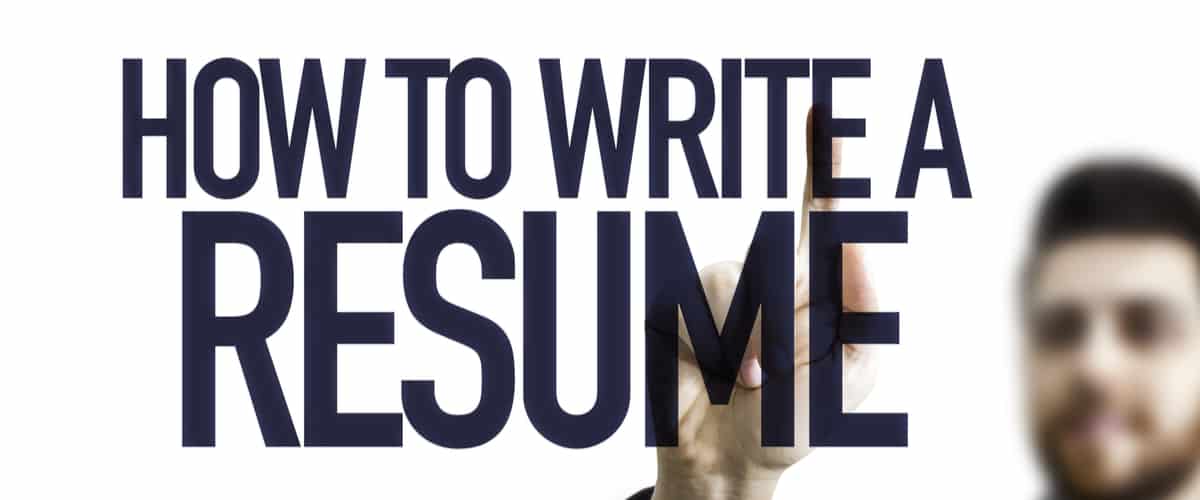
Entry Level Cover Letter Tips
A cover letter, also called an application letter or letter of interest, is a short note that introduces you to a prospective employer and shows why you’re an ideal candidate for a job. It’s called a cover letter because it “covers” a resume—it’s placed on top—when printed.
A cover letter also functions as a marketing tool; it’s like a sales letter designed to entice a recruiter to read your resume, which is evidence, so to speak, of the product’s quality. And you’re the product!
Moreover, a great cover letter is important because it plays a prominent role in the job search process and opens doors to job interviews. A poorly written cover letter, on the other hand, can mean your resume won’t even be read.
If you’re unsure about the best way to write a cover letter, this article is for you
-
Add personal information
If you’re printing a cover letter to send with your resume via the postal service, a cover letter’s format is much like that of any professional business letter.
The main difference between a traditional cover letter and an online cover letter is that, in the online version, you don’t list a home address. At most, you might list your city and state or province. Include your country, of course, if you’re applying for jobs abroad.
Place the date, your name, and your contact details (email address, phone number, professional profile links, or personal website) in the upper left like a business letter.
Finally, be sure your contact details are the same in your cover letter as they are in your resume. And don’t forget to proofread carefully. One wrong letter or number in your email address or phone number can mean a lost opportunity.
-
Use the correct company name.
Under your personal information, list the full name and address of the person to whom you’re writing plus the company name and address.
If you don’t know the hiring manager’s name but know his or her title, search other job posts by that company (even old ones) and see if you can find the name. Explore the company’s website and do some snooping on LinkedIn and Twitter. And if you’re lucky enough to have a LinkedIn contact who works for the company (or know someone who does), send a brief email and politely ask who the hiring manager is.
If you find a name you’re sure of, use it like this: Dear Maria Cortez or Dear Taylor Brown. Don’t use titles like Ms., Miss, Mrs., or Mr. since first names, like Taylor or James, don’t always signify gender, and they definitely don’t signify age or marital status.
If you can’t find a name, use “Dear Hiring Manager” or some other position if their website lists it. “Dear Talent Acquisition Team” is a possibility.
Never use “To Whom it May Concern” or “Dear Sir or Madame.” Both are completely outdated in the U.S. Check local customs if you live elsewhere or if you’re an American applying for work abroad.
-
Pay close attention to the first paragraph.
The opening paragraph needs to hook recruiters and hiring managers and entice them to read more. Introduce yourself and explain why you’re excited about the job. If someone in the company referred you, be sure to mention it straight off.
And take some time with it. Show your enthusiasm and passion for your chosen field. You could tell a story in a few sentences or mention something you achieved against all odds. You could even describe how the company’s values and beliefs are in line with yours—and why. And of course, if someone gave you a tip about the position or company, by all means mention the name.
-
Showcase your skills and work experience.
In the next short paragraph or two, show how you’re the best fit for the position. Highlight relevant degrees or experience, an internship, training, previous employment, or related coursework and projects. Read the job description carefully, and while you don’t want to match it word for word, you can use it to align your abilities, skills, and interests with the requirements they’re looking for.
If you haven’t already, research the company’s history, vision and purpose, work culture, and anticipated growth. Show how passionate you are and your eagerness to work with the company based on facts. Mentioning how and why the company’s motto, product, or services aligns with your ideals always makes a favorable impression. But don’t get too complimentary or overdo it. Just be honest.
-
Close the letter and revise, edit, and proofread.
Be sure your cover letter is no more than 350 words. That might seem short, but it must be brief, or you’ll look like you’re trying too hard. The word limit also forces you to condense everything to the most important points. And that’s a good thing! Hiring managers don’t have time to read long cover letters—and they won’t. So take the time to make it concise.
Finally, be polite and thank them for their time and attention. End with “sincerely” or “Best regards” and your signature. Beneath that type your full name.
When you’re satisfied with the content, set your cover letter aside for at least a few hours—a day or two or even a week is better. When you look at it next, you’ll see it with fresh eyes. Read it out loud, and read it critically, as if it’s a friend’s cover letter. Ask yourself, Would I hire this person?
Revise if necessary, and check for grammar and spelling slips. Be sure alignment, font, and font size is consistent. Use a simple 11- or 12- point font that matches the font on your resume.
Then make a few slow, deliberate proofreading passes. Check for extra spaces, missing or wrong punctuation, grammar mistakes, typos, and so on. Ask a knowledgeable friend or relative to look it over, too.
You can also use these entry-level cover letter templates and formats as you customize your own cover letter.
Preparing a cover letter can be stressful for anyone, but it’s especially tough for those at the entry level. We’re here to help! As you learn and practice writing your cover letters, it gets easier.
Let us know how this article has helped you in the comments below. Or just share your thoughts and experience! Plus, search for Fortune 500 entry-level jobs right here and get personalized job updates for free.
The information on this site is provided as a courtesy. GradSiren is not a career or legal advisor and does not guarantee job interviews or offers.
Get expert career advice and insights delivered straight to your inbox.

Must Reads SEE ALL ARTICLES

Top 5 tips to design a good Cover Letter

Is an Infographic Resume Right for You?

How to Showcase your Technical Skills in a Resume to Stand-Out from the Rest

Resume Format for On-Campus Placements

Top 7 Skills to Highlight in Resume for Work from Home Jobs






